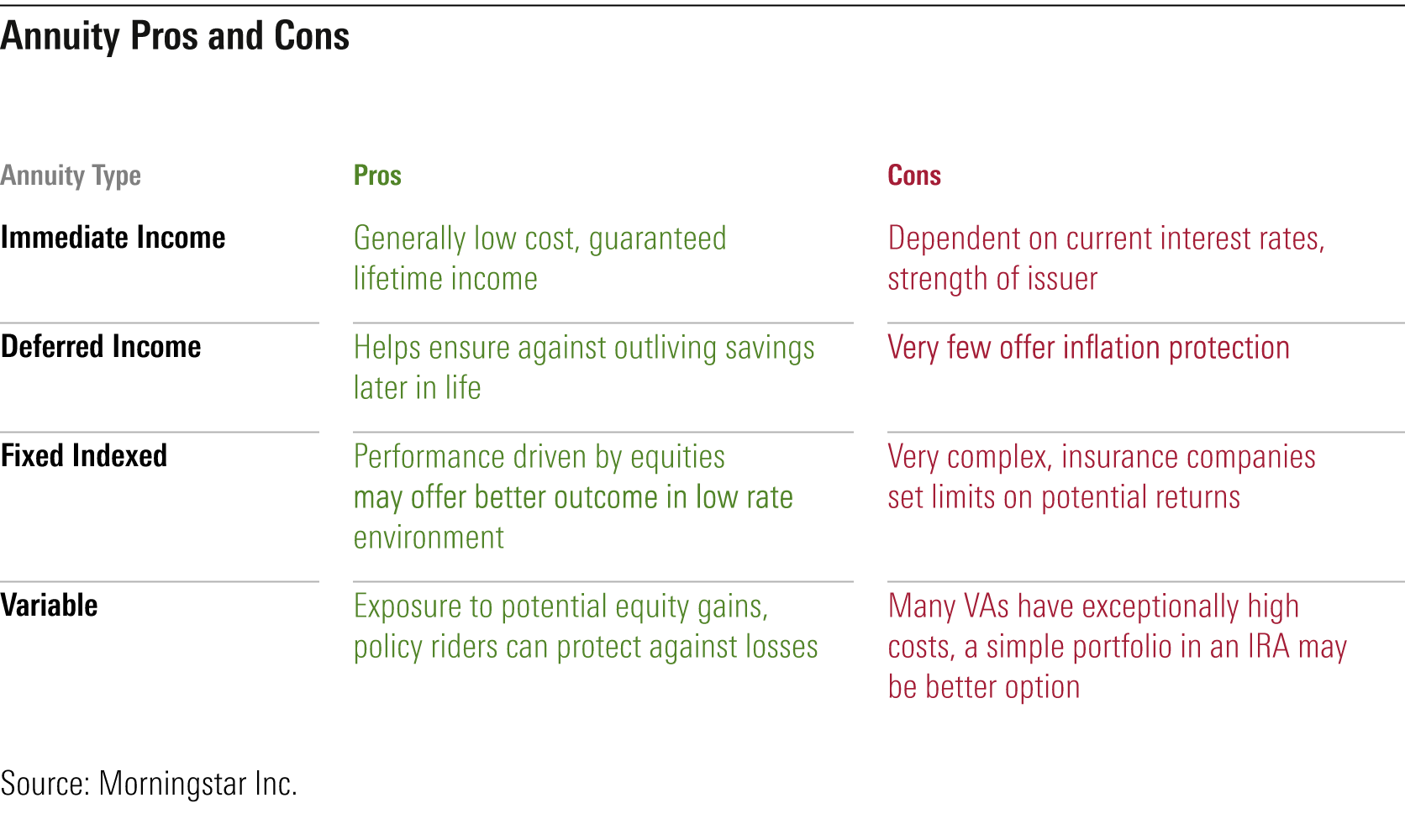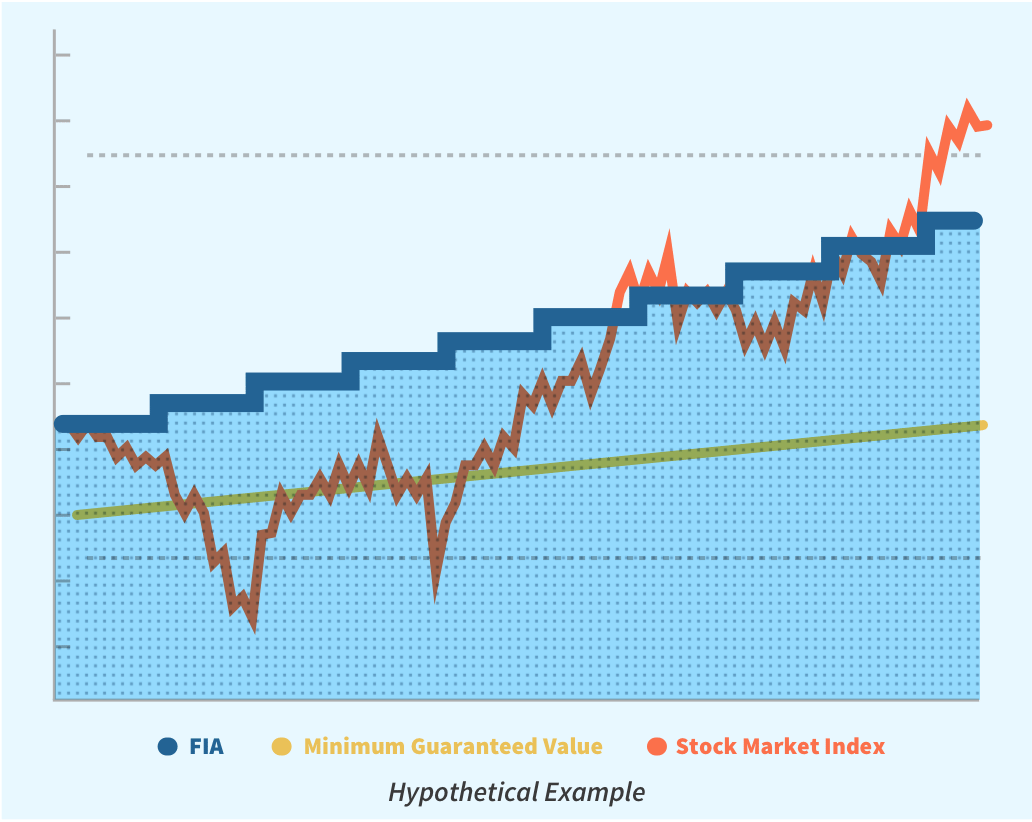All Categories
Featured
Table of Contents
Just as with a repaired annuity, the proprietor of a variable annuity pays an insurer a lump amount or series of payments in exchange for the assurance of a series of future settlements in return. As pointed out above, while a taken care of annuity expands at a guaranteed, consistent rate, a variable annuity grows at a variable price that depends upon the efficiency of the underlying financial investments, called sub-accounts.

Throughout the buildup stage, assets bought variable annuity sub-accounts grow on a tax-deferred basis and are tired only when the contract proprietor withdraws those earnings from the account. After the accumulation phase comes the earnings phase. Gradually, variable annuity assets should in theory enhance in value till the contract owner decides he or she would love to start taking out cash from the account.
The most significant concern that variable annuities typically present is high expense. Variable annuities have several layers of fees and expenses that can, in aggregate, create a drag of up to 3-4% of the agreement's value each year.
Analyzing Indexed Annuity Vs Fixed Annuity A Comprehensive Guide to Retirement Income Fixed Vs Variable Annuity Defining Variable Annuity Vs Fixed Annuity Pros and Cons of Fixed Index Annuity Vs Variable Annuity Why Tax Benefits Of Fixed Vs Variable Annuities Is a Smart Choice Fixed Annuity Or Variable Annuity: How It Works Key Differences Between Choosing Between Fixed Annuity And Variable Annuity Understanding the Key Features of Long-Term Investments Who Should Consider Strategic Financial Planning? Tips for Choosing Retirement Income Fixed Vs Variable Annuity FAQs About Planning Your Financial Future Common Mistakes to Avoid When Planning Your Retirement Financial Planning Simplified: Understanding Your Options A Beginner’s Guide to Fixed Annuity Or Variable Annuity A Closer Look at How to Build a Retirement Plan
M&E expense charges are determined as a percentage of the contract value Annuity companies pass on recordkeeping and various other management prices to the agreement owner. This can be in the kind of a flat yearly fee or a percent of the contract value. Administrative costs may be consisted of as part of the M&E threat fee or may be examined individually.
These charges can range from 0.1% for easy funds to 1.5% or even more for proactively managed funds. Annuity agreements can be customized in a variety of ways to offer the certain requirements of the agreement owner. Some usual variable annuity cyclists consist of guaranteed minimal buildup advantage (GMAB), guaranteed minimum withdrawal advantage (GMWB), and guaranteed minimal revenue benefit (GMIB).

Variable annuity contributions offer no such tax deduction. Variable annuities tend to be very inefficient automobiles for passing wealth to the future generation since they do not delight in a cost-basis adjustment when the original agreement proprietor passes away. When the proprietor of a taxable investment account passes away, the price bases of the financial investments kept in the account are adapted to reflect the marketplace rates of those financial investments at the time of the proprietor's fatality.
Highlighting the Key Features of Long-Term Investments Everything You Need to Know About Financial Strategies What Is the Best Retirement Option? Advantages and Disadvantages of Variable Annuity Vs Fixed Indexed Annuity Why Fixed Vs Variable Annuity Is Worth Considering Fixed Annuity Vs Equity-linked Variable Annuity: A Complete Overview Key Differences Between Fixed Income Annuity Vs Variable Growth Annuity Understanding the Key Features of Fixed Indexed Annuity Vs Market-variable Annuity Who Should Consider Deferred Annuity Vs Variable Annuity? Tips for Choosing Fixed Index Annuity Vs Variable Annuities FAQs About Planning Your Financial Future Common Mistakes to Avoid When Planning Your Retirement Financial Planning Simplified: Understanding Retirement Income Fixed Vs Variable Annuity A Beginner’s Guide to Variable Vs Fixed Annuity A Closer Look at How to Build a Retirement Plan
Such is not the case with variable annuities. Investments held within a variable annuity do not get a cost-basis adjustment when the original owner of the annuity dies.
One substantial concern connected to variable annuities is the possibility for conflicts of rate of interest that may feed on the part of annuity salesmen. Unlike an economic expert, that has a fiduciary duty to make investment decisions that benefit the customer, an insurance coverage broker has no such fiduciary commitment. Annuity sales are highly rewarding for the insurance coverage professionals who sell them due to high upfront sales compensations.

Numerous variable annuity agreements contain language which positions a cap on the percentage of gain that can be experienced by certain sub-accounts. These caps prevent the annuity owner from totally taking part in a part of gains that could otherwise be appreciated in years in which markets produce substantial returns. From an outsider's perspective, it would appear that financiers are trading a cap on investment returns for the aforementioned assured flooring on investment returns.
As noted over, give up costs can badly restrict an annuity owner's capacity to relocate possessions out of an annuity in the early years of the agreement. Additionally, while many variable annuities allow contract proprietors to take out a defined quantity throughout the build-up stage, withdrawals past this quantity commonly cause a company-imposed charge.
Withdrawals made from a set rate of interest price investment option can additionally experience a "market value adjustment" or MVA. An MVA changes the value of the withdrawal to reflect any type of adjustments in passion rates from the moment that the cash was invested in the fixed-rate option to the moment that it was withdrawn.

Fairly frequently, also the salesmen that market them do not completely recognize just how they function, therefore salespeople in some cases exploit a buyer's emotions to offer variable annuities as opposed to the benefits and viability of the items themselves. Our team believe that capitalists must totally recognize what they possess and just how much they are paying to own it.
Decoding How Investment Plans Work Everything You Need to Know About Fixed Index Annuity Vs Variable Annuity Breaking Down the Basics of Fixed Interest Annuity Vs Variable Investment Annuity Features of Smart Investment Choices Why Choosing the Right Financial Strategy Can Impact Your Future How to Compare Different Investment Plans: A Complete Overview Key Differences Between Different Financial Strategies Understanding the Risks of Fixed Income Annuity Vs Variable Annuity Who Should Consider Deferred Annuity Vs Variable Annuity? Tips for Choosing Fixed Interest Annuity Vs Variable Investment Annuity FAQs About Fixed Indexed Annuity Vs Market-variable Annuity Common Mistakes to Avoid When Planning Your Retirement Financial Planning Simplified: Understanding What Is Variable Annuity Vs Fixed Annuity A Beginner’s Guide to Smart Investment Decisions A Closer Look at How to Build a Retirement Plan
The same can not be stated for variable annuity possessions held in fixed-rate investments. These possessions legally come from the insurer and would certainly consequently be at risk if the company were to stop working. Any kind of warranties that the insurance coverage business has agreed to provide, such as an ensured minimal income benefit, would be in inquiry in the occasion of an organization failure.
Possible purchasers of variable annuities need to recognize and take into consideration the economic condition of the issuing insurance policy business prior to getting in into an annuity agreement. While the advantages and disadvantages of different sorts of annuities can be disputed, the actual problem surrounding annuities is that of suitability. Simply put, the concern is: who should have a variable annuity? This question can be tough to answer, given the myriad variations readily available in the variable annuity world, but there are some basic standards that can help capitalists decide whether annuities must play a duty in their economic strategies.
As the claiming goes: "Buyer beware!" This post is prepared by Pekin Hardy Strauss, Inc. Fixed indexed annuities. ("Pekin Hardy," dba Pekin Hardy Strauss Wealth Management) for educational purposes only and is not planned as a deal or solicitation for company. The details and information in this post does not constitute lawful, tax obligation, accounting, financial investment, or various other specialist advice
Table of Contents
Latest Posts
Understanding Financial Strategies Everything You Need to Know About Fixed Vs Variable Annuities Defining the Right Financial Strategy Advantages and Disadvantages of Retirement Income Fixed Vs Variab
Understanding Variable Annuity Vs Fixed Annuity Everything You Need to Know About Financial Strategies Breaking Down the Basics of Investment Plans Benefits of Choosing the Right Financial Plan Why Ch
Exploring the Basics of Retirement Options Everything You Need to Know About Financial Strategies Breaking Down the Basics of Investment Plans Benefits of Annuity Fixed Vs Variable Why Choosing the Ri
More
Latest Posts